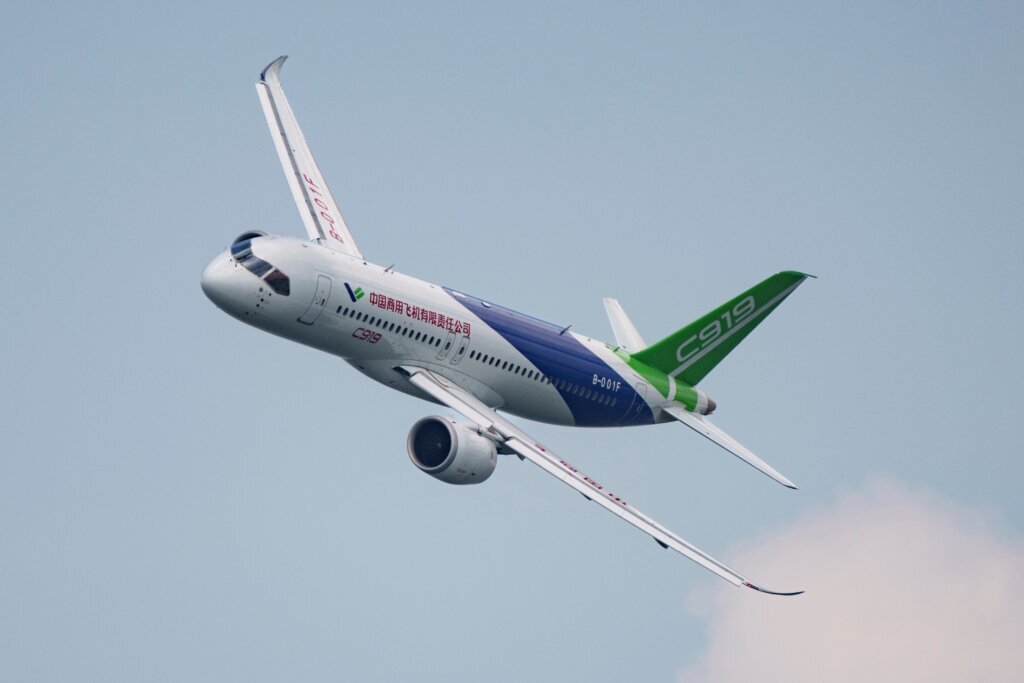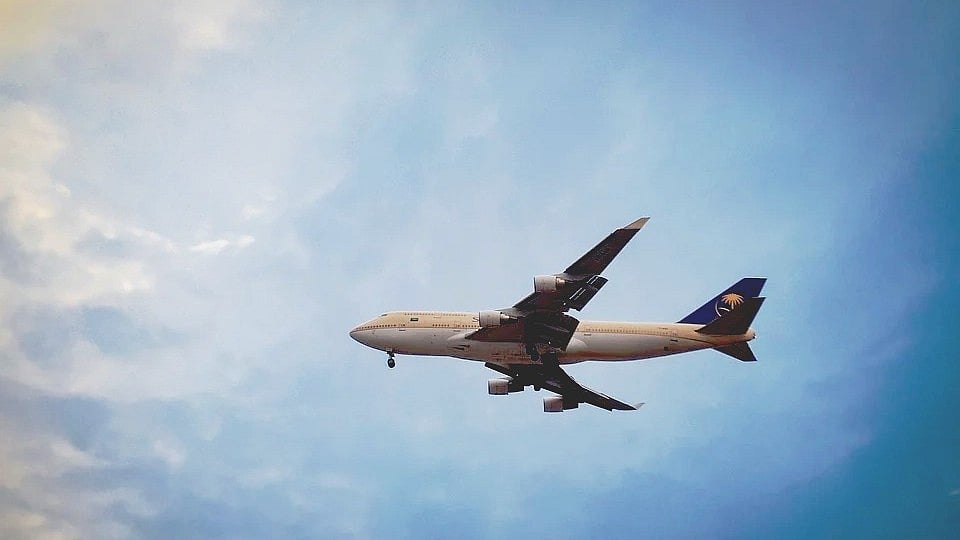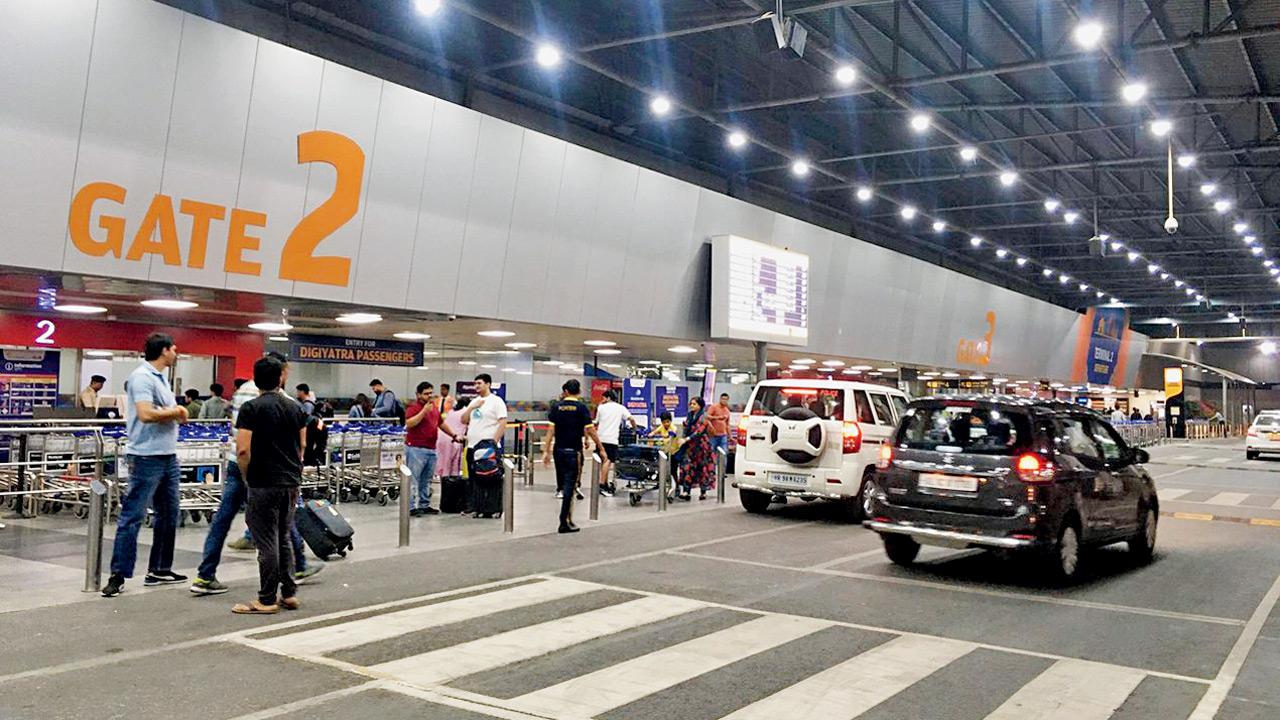China’s Homegrown C919 Passenger Jet Faces Challenges Amid Trade Tensions and Production Delays
HONG KONG (AP) — China’s ambition to challenge aviation giants Boeing and Airbus with its own homegrown passenger jet is encountering turbulence. Deliveries of the finished aircraft are likely to fall far short of the targets announced for this year.
The C919, a single-aisle passenger plane designed to rival Boeing’s 737 and Airbus’ A320, is manufactured by the state-owned Commercial Aircraft Corporation of China (COMAC). Beijing is showcasing the C919 as a symbol of China’s technological advancement and progress toward self-reliance, although the jet still relies heavily on Western-sourced components.
Trade frictions with Washington threaten to disrupt COMAC’s ability to secure core parts required for the program, which has been supported by significant Chinese government subsidies.
“COMAC faces significant risk from the volatile policy environment, with its supply chains vulnerable to export restrictions and tit-for-tat measures between the U.S. and China,” said Max J. Zenglein, Asia-Pacific senior economist at The Conference Board think tank.
According to analysts at Bank of America, the C919 has 48 major suppliers from the U.S., including giants like GE, Honeywell, and Collins, alongside 26 suppliers from Europe and 14 from China.
Trade Tensions Impact Production
Recent trade tensions have exacerbated challenges for COMAC. For instance, planned output was disrupted when the U.S. suspended export licenses for the jet’s LEAP-1C engines around May, though these licenses resumed in July. The LEAP-1C engines, jointly built by U.S. aerospace company GE and France’s Safran, require U.S. export clearance due to controlled technology involved, making the engines “inherently sensitive to political shifts,” explained aviation analyst Taylor.
“Engine and avionics dependence on Western suppliers continues to expose the program to policy decisions beyond COMAC’s control,” Taylor added.
Balancing Caution and Ambition
Geopolitical tensions are not the only factors slowing production. Zenglein pointed out that the C919 program has been characterized by caution, with a strong emphasis on quality and safety, which may also contribute to the slower than expected ramp-up in production.
While reducing reliance on foreign components remains an official goal, many analysts acknowledge this is a challenging process. China’s own engine alternative, the CJ-1000A, under development by the state-owned Aero Engine Corporation of China (AECC), is still undergoing testing.
Market Prospects and International Certification
Several airlines outside China, including AirAsia, have expressed interest in flying the C919. However, the jet currently lacks international certification, preventing it from operating beyond Chinese borders.
Certification from key safety agencies, including those in the U.S. and Europe, is crucial for the C919’s global success. Richard Aboulafia, managing director of AeroDynamic Advisory, emphasized that for the aircraft to succeed, it requires “good economics, a prompt global product support network, and certification from safety agencies.” He added, “Any one of these three alone doesn’t mean much.”
China’s Growing Demand and Competitive Landscape
China is expected to need 9,570 new passenger aircraft between 2025 and 2044, according to Airbus’ latest market forecast. Over 80% of these will be single-aisle jets like the C919.
However, COMAC faces stiff competition from Airbus itself, which is expanding its manufacturing capacity in China. Airbus is set to open a second assembly line by 2026, increasing production of its A320 single-aisle jets within China—aircraft comparable to the C919.
Analysts believe it will take years for COMAC to disrupt the Boeing-Airbus duopoly in global aircraft markets. By the late 2020s, COMAC is expected to grow within China and potentially establish regional exports, noted Taylor from IBA.
In the near term, a lack of international certification will delay any significant entry into Western markets for the C919. Additionally, ongoing volatility in export controls is likely to continue undermining its global expansion efforts.
Current Operators
China’s largest state-owned airlines—Air China, China Eastern, and China Southern—are currently the only commercial operators flying the C919, with a combined fleet of around 20 jets.
As geopolitical factors and operational challenges continue to influence the program, COMAC’s ability to realize its ambitions with the C919 remains a complex and closely watched endeavor in the global aerospace industry.
https://wtop.com/world/2025/10/chinas-c919-jet-faces-turbulent-skies-amid-us-china-trade-tensions/



